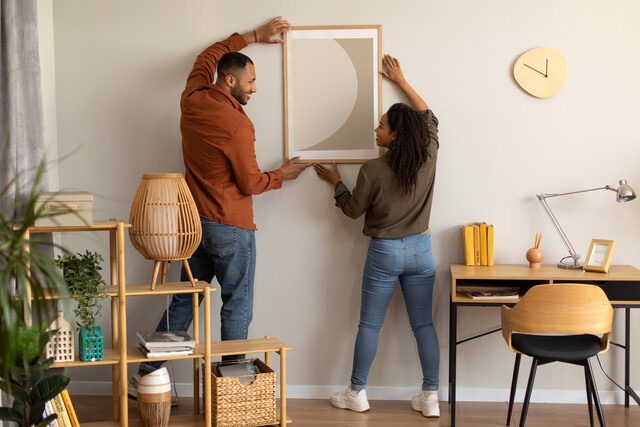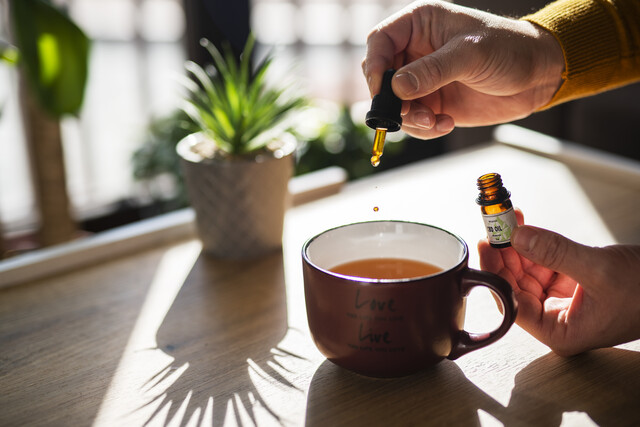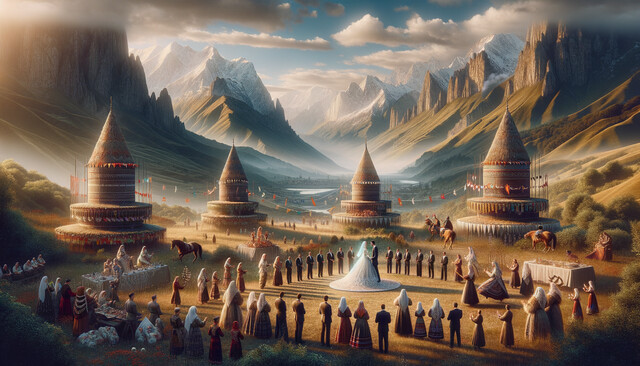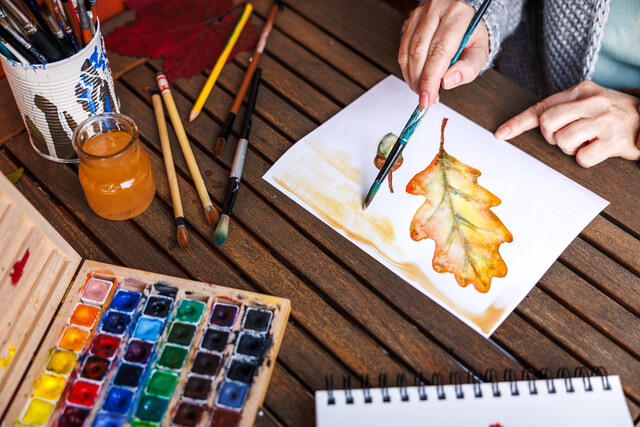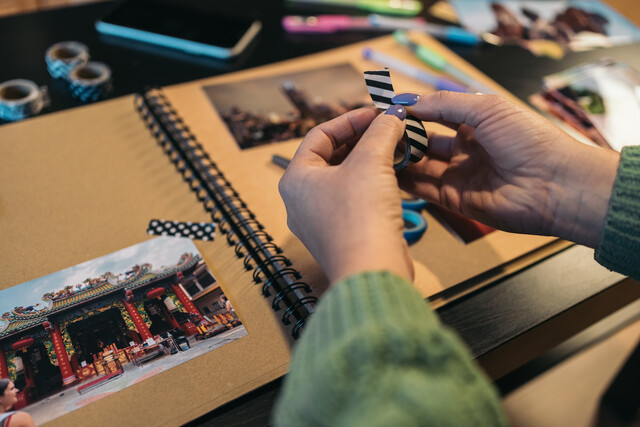Rodents, gophers, and rabbits
Rodents are ubiquitous and can do a tremendous amount of damage to your garden. Gophers are especially frustrating because they live underground and it is impossible to follow them to their den. If they do not like what you are doing, they will just burrow a little further and make a new home. They are not very particular.
Their method of attack is to eat your plants from underneath the ground at the root level. I once had a six foot tall Hollyhock that my neighborhood gopher decided he wanted and right before my eyes, I saw that plant suddenly lose a foot in height, and then appeared to be pulled underground. I was furious at the audacity of the critter, but I realized that I needed to trap the critter.
There are many gopher traps and poisons on the market. I prefer not to use poison, there are too many kids in my neighborhood who might possibly think that the pretty colored poison is candy. I have also tried the gassing method to no avail. Gophers are much faster at closing up a tunnel than even the gas.
A guillotine trap looked promising, but could false-fire, was still dangerous around kids, and just did not work well enough. I found a trap that works very well and is not dangerous around children, it is called the Blackhole Gopher Trap and can be found at the following locations sites.
The best way to trap and kill gophers and moles is to find the most recent hole, and dig down until you find where it branches off horizontally. Place the trap into the horizontal hole with just a little bit of dirt to disguise the trap wire. Once the trap is in place, secure it to the surface with a piece of wire then cover the trap so that just a little bit of light is showing. These underground rodents do not like light in their holes and will go back to the surface to close the hole. When they go back to your hole they will enter the trap and be caught.
Trap and repeat until you no longer see any new signs of digging or mounding of dirt. Gophers are relatively solitary creatures, but a single acre can contain a dozen gophers, so get busy and eliminate these pests.
Another rodent that is irritating but much more appealing to the eyes is the rabbit. Two years ago we had such a rabbit population and no rain resulting in little vegetation, and the rabbits began to eat everything in my garden, including the tomato plants, not just the fruit.
I had to fight back. Rather than trapping or killing the rabbits, I would sprinkle used kitty litter around the garden to deter the rabbits from entering the garden. I would also erect a two foot wire fence with squares no larger than one and a half inch in size. Then I would place blocks of seed, available at the feed store, all around the garden. While I still have a few critters who preferred the real thing to the seed blocks, most rabbits fell for the easier and safer feed blocks, leaving my garden virtually untouched.
The rest of the time I have a big patch of clover planted and the rabbits prefer the clover to anything that I have in the garden. These are two ideas to use rather than trapping or poisoning the rabbits.
Deer
As those of us who live in deer country know, it takes very little time for a deer to decimate a garden, including one with saplings in it. If you have deer in your area you absolutely MUST fence your garden with a fence that is at least six feet in height. Deer can still clear a six foot fence, but it will deter them. Just interplanting crops that deer do not like with the ones they do like will not work as deer are selective feeders. They are like kids that way, only eating what they like and ignoring what they do not like.
If you are unable or unwilling to fence your entire garden with a six-foot fence, then create chicken-wire cages for the plants you especially wish to protect. This is an easy and simply solution to your deer problem.
The following is a great article on deer, the plants they eat, and the plants they do not care to eat. If you wish, you can simply plant a garden full of vegetables that the deer do not like and they'll head over to your neighbor's garden.
The biggest battle of the home garden will be with bugs, large and small. Every bug has a different approach, and a different way to attack a plant. If you intend to remain an organic gardener, you will need to discover exactly what pest is attacking your garden and then research for an appropriate parasite for that bug. Most nurseries have that information as well as the supply of lacewings, lady bugs, and other helpful insects.
There are also chemical alternatives that you can use in your garden, but make absolutely certain that they are not poisonous in any form because they will filter through the earth to the drinking water reservoirs below the surface of the earth. By being a home gardener, you can really try to be an organic gardener, giving you the best produce in the world to eat, without the use of pesticides.
It is really time to start planning your garden. You have determined a good size and location for your garden if you are situated in an area where you have land. The beginning gardener is wise if a smaller garden is planned. Additions to the garden can always be incorporated, but to start a very large gardening project and then lose steam midway through the season is not only frustrating, but can be expensive.
The other gardener who might be intrigued by the idea of gardening, but does not have any land is the apartment dweller. Many apartments have a window or balcony, or even a roof top that receives adequate amounts of sun. If you can solve the watering issue for the roof top garden, I highly recommend that you continue reading. My own personal gardening career started in an apartment, the first home I had to call my own. I had gardened on the farm, at my grandparents', my aunt and uncle's, and my parent's home, but my very first personally planned garden was a small two by two foot patch of sterile soil.
Container Gardening
This is one of the very best places to start gardening. Container gardening is used very effectively in most outdoor malls, and outside the entrance to stores and restaurants. The plantings in the container are all selected for the specific growing conditions, and are all in one place making them easy to care for. Container gardening is also an excellent choice for those who may be wheelchair bound or who simply have difficulty getting up and down from a kneeling position.
Your containers can range from whiskey barrels, to those old pots you have in your garage or shed, to the new and very lightweight plastic pots that look like they are made from stone and are between three and four feet tall.
Most plants require approximately six inches of growing soil, no more than eight to ten inches of growing soil, so plan on using something in the bottom of the pots to take up all that extra space
Raised Beds
Similar to container gardening is the idea of raised bed gardening.
The greatest advantage of using raised beds is that you do not have to take the time to determine the pH of your soil; just determine what amendments need to be added to it to make it a perfect planting mix. Because you purchase enough bagged gardening soil from your Home and Garden Center, you can fill the bed and start gardening immediately.
Raised beds can be constructed from just about anything. Most people go to the lumber yard and get two 8 foot lengths of 2 x 6 lumber and cut them in half. As mentioned before, most plants grow very easily in six inches of soil, so there is no need to create beds any deeper than that. If you do you will be wasting soil.
Other materials can also be used for raised beds. Living in a rocky area, most of my current gardening is done in raised beds made either from the above mentioned lumber or from the rocks and stones dug up from the surrounding ground. The art of a rock wall can be as simple as my method of simply stacking rocks into a square or rectangular shape to a height of six inches and then filling it with appropriate soil mix, or you can go to the trouble of mortaring all the rocks together. The mortar mixture will create a much more permanent fixture. Simply piling rocks together will result in a temporary, but very sturdy raised bed.
If you have trouble with gophers, then I would suggest the lumber for your raised bed and then stapling hardware cloth to the bottom of the raised bed to keep your underground pest out of your vegetables.
While Square Foot Gardening is a great concept, many gardeners do find it limiting. My garden is a combination of raised beds that roughly follow some of Mel's methods, but I also am an artist at heart and many of my garden beds do not have a single straight line in them.
Round Raised Bed
One area where a relaxed and more rounded approach to a square or rectangular raised bed is necessary is the situation of a tree with a lot of shade and many roots that are at the surface of the grass. There is no soil there in which to plant a garden. In just such a place is where a raised garden around the base of the tree will net the gardener a shady area for a beautiful woodland garden. The best material for this garden are rocks, and this one you might wish to mortar into place so that it does not fall over. Once your round bed is created you can plant any number of ivies, impatiens, violets, or hostas, all of which require a moist and cool environment.
Rock Garden
Wall Planting
This is a unique planting method where stone walls have been erected to prevent erosion, or to create a tiered garden on a steep slope. While piling the stones in place, leave four to six inches between the existing soil and the back of the rock wall that you are erecting. Back fill this area with good garden soil. Once the wall is in place and has been backfilled, you will see that there are open spaces in the rock wall where you can plant various groundcover type plants that will grow and spread over the rocks. This will accomplish two things, it will beautify the area, and it will also establish roots in a previously dangerous slope that was predisposed to soil erosion.


